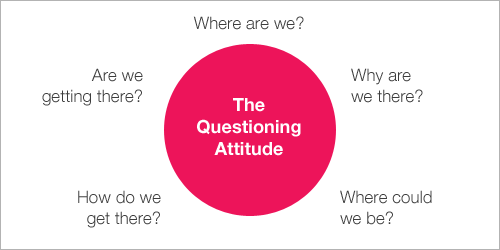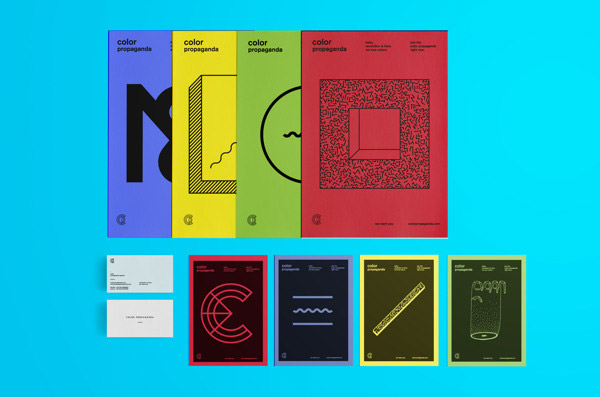Branding is being embraced by small businesses as a means to distinguish themselves from their competition. It takes time to develop an effective brand, both in the creation and the implementation stage. A brand is not created overnight; it is planned, maintained, groomed. Done effectively, the process is well worth your energy.
To explain what a brand is simple, it’s the public image of a business or product. It is a promise. It is reputation. When delivered consistently, a brand shapes consumers’ perceptions and their expectations. A successful brand celebrates personality, values and embodies the spirit of the subject it represents.
The objective of a branding strategy is to develop a clear, compelling and consistent message that is easily conveyed. A good brand contains messages that can speak to a large audience, including it’s current customers, and potential people. This has to be delivered in a short, simple way.
Creating a Logo

A crucial part of developing a branding is the creation of a good logo, but remember your logo is not your brand. This visual element symbolises the brand, plays a large role in establishing the emotional connection with the product. Integrating the logo into all corporate elements, including PR, information packets, brochures, advertising, videos, newsletters, websites and social media, is a important part of building the brand identity. Consistency in design, look is vital in building credibility.
A important rule for logo design is that it must be able to speak on it’s own. Effective logos should not have to be explained. Take a look at some of the world’s most successful brands: the Nike swoosh, the golden arches of McDonalds, the interlocking rings of the Olympics, the colorful peacock of NBC and the bite out of Apple. Brands & a strong visual identity helps this happen.
Investigating a Brand Identity

It is easy to hire a graphic design agency and writer to assist in the creation of your brand. Significant time, money and energy will be lost if a well thought out plan isn’t planned first. The first place to start is with a SWOT analysis. When evaluating your Strengths, Weaknesses, Opportunities and Threats to your company, it is important to be honest.
A thorough review of your business should include what it will accomplish, how the products and services will be delivered, why it even exists and what it makes it different from your competitors. Also consider the target audience, what their concerns are, and how the business can help them. Be careful not to quickly reject an idea as ridiculous during this brainstorming phase.
When the list is at a point where it can be narrowed down to the three best ideas, a focus group should be put together to gauge their perceptions, reactions, misconceptions, feelings and opinions. A another focus group of staff and members, as well as current customers, should also be gathered.
Building a Branding Strategy

Negative feedback about products and services should be considered when developing the branding strategy. Make a list of the current public perceptions, then take a critical look at how those beliefs can be repositioned.
At the very least, the focus groups opinions should drive the final branding position statement. Around one to two paragraphs, this statement must embody who the company is and what it delivers differently. From these sentences, sound bites that can be incorporated any time someone speaks or writes about the business.
Once this is done, visual and textual elements can begin the development stage. These should reflect the personality and values of your brand, but also match the interest of your target audience. For example, if a skateboard company wants to attract a young and hip audience, the messages, fonts and artwork should be playful and outdoorsy. In complete contrast, a retirement house needs to build a more subdued brand in order to portray an image of trust and peace.
Utilising a Slogan

A slogan should be developed to define the business to its audience. When a customer hear a slogan, they should immediately think of its associated company. For example, when someone says, “Just do it,” the first thought is Nike. Other large corporations have been extremely successful with these tactics, including M&M’s “It melts in your mouth, not in your hands”.
The objective is to keep the slogan simple and easy to remember. Being clever is only considered if it doesn’t confuse the message. It also has to be short since the slogan is typically incorporated into the logo design, as well as all collateral marketing pieces.
As the brand is implemented, it is important that everyone affiliated with the business is able to convey the brand messages. Each person who represents the company is a brand ambassador, from the CEO, to the sales manager, to the receptionist, to the staff.
















